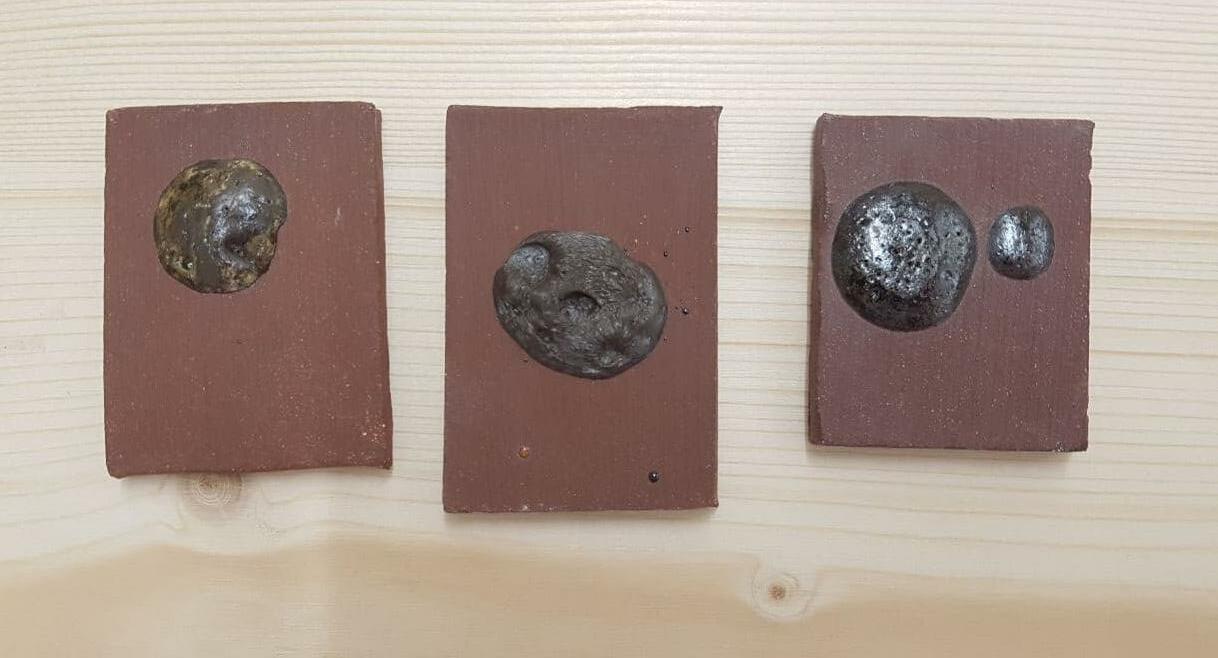
1 minute read
Urban mining
from Urban Clay
by mizajn
We believe that the city of the future can be a mine itself. More and more European cities are also showing interest in the concept of urban mining. An example of a local Viennese project is the blog urbanmining. at17 by Brigitte Kranner, which is a great educational resource on the topic. Urban mining usually refers to the extraction of raw materials from anthropogenic deposits, for example metals from man-made objects such as copper from electrical cables. We think, however, that these principles can be applied to coincidental extraction of geogenic deposits. The urban mining strategy is based on four pillars. The first, Design for Urban Mining, concerns the design of processes, products and systems that take into account the future reuse of raw materials from the outset. The second draws attention to the gaps in research on materials present in the city, and suggests the cataloging of their characteristics. The third pillar speaks of the need to develop new methods for finding and mapping urban deposits. The fourth and final concerns the need to develop new technologies for obtaining raw materials, the use of which is currently unprofitable, for example because of their small quantity.18
Under current conditions, we think that companies would show little interest in urban clay. However, in the past the same was said of the idea of recycling, or concerns around sealing soil. Soil and clay excavated at construction sites waste within a few days, and then the landfill serves as a secondary deposit. Even though clay is a very common raw material in the Viennese region, and most manufacturers exploit their deposits outside the city, coincidental extraction of clay during
Advertisement








